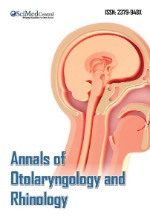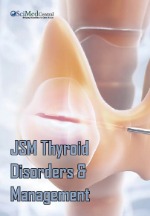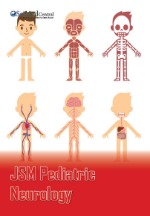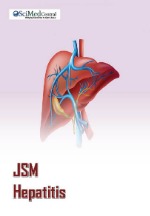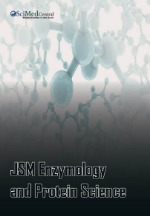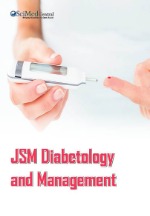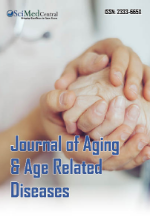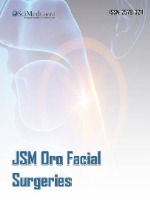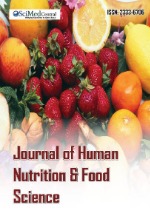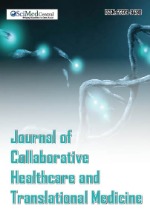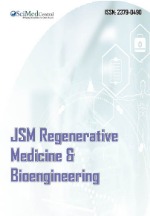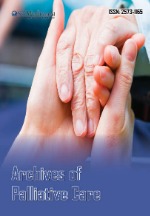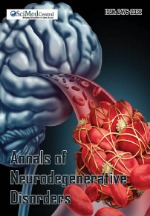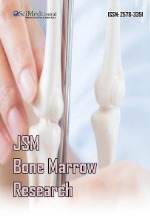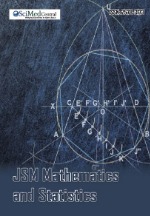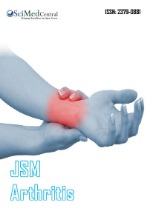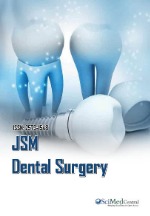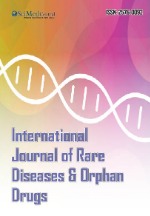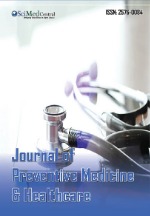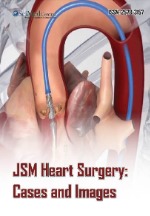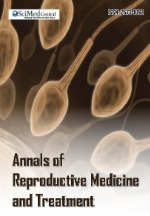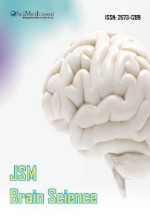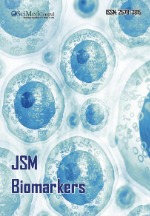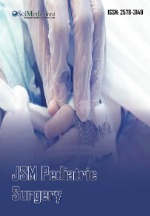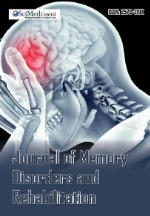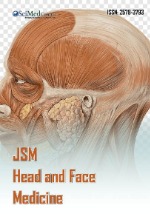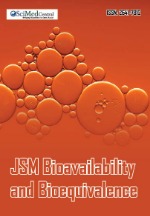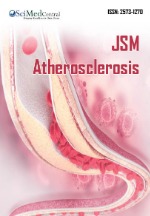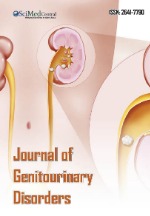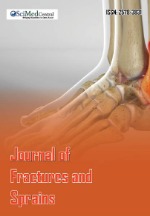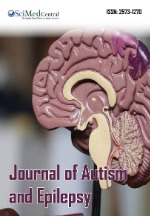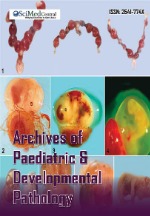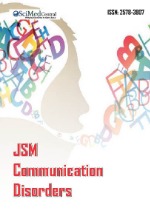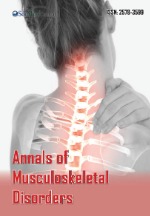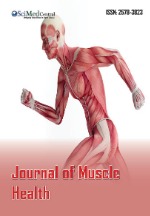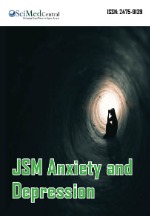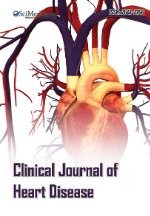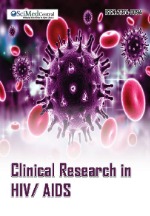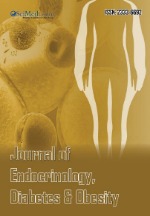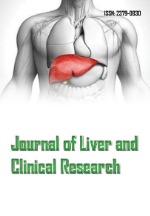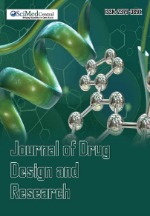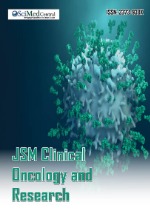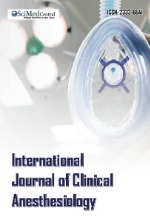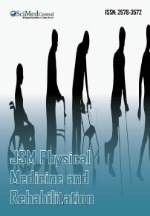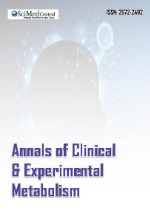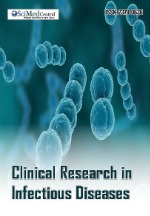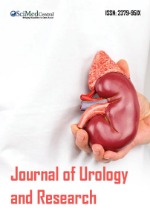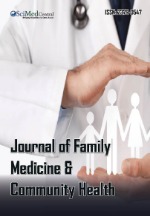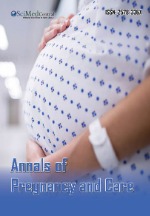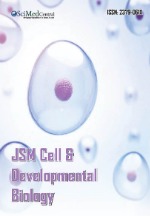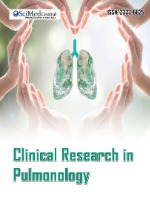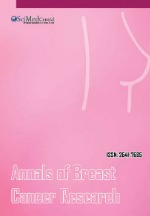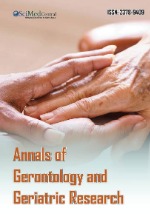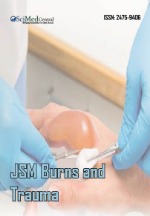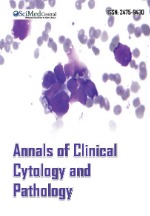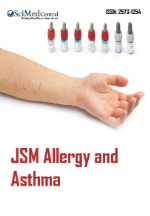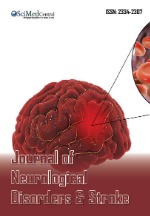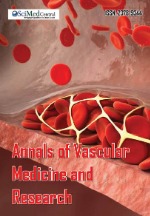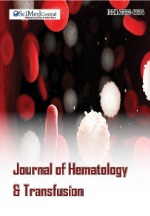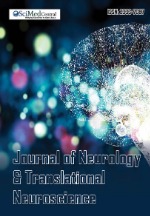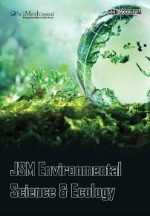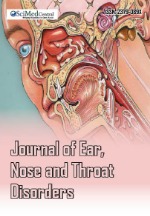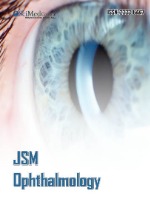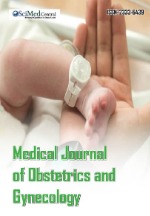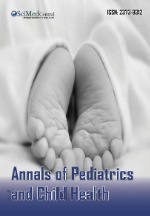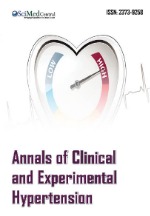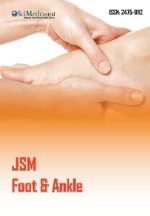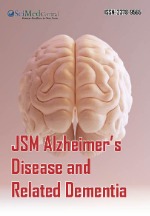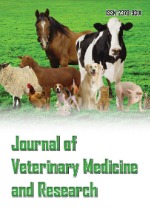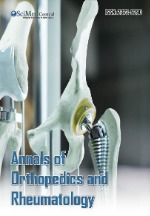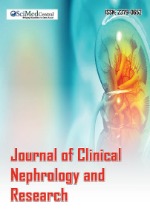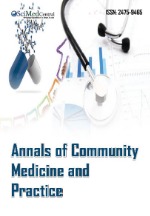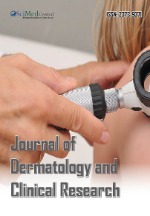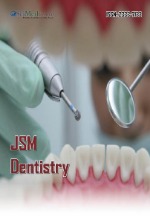Quality of Life in Patients with Ulcerative Colitis: A Cross Sectional Study
- 1. Department of Gastroenterology, Manisa Celal Bayar University, Manisa, Turkey
- 2. Mu?la Köyce?iz State Hospital, Turkey
- 3. Department of Internal Medicine, Manisa Celal Bayar University, Manisa, Turkey
Abstract
Objective: Quality of life is of great importance in chronic diseases such as ulcerative colitis. The aim of this study was to assess the correlation between quality of life and disease activity.
Material and Method: In this study, we included patients who were admitted to the Celal Bayar University Gastroenterology Outpatient Clinic and diagnosed with Ulcerative Colitis. Demographic markers, such as age and sex, were collected from each of the patients. Smoking habits, alcohol consumption, and comorbidities were also asked. Quality of Life was assessed using the SF-36 scale. We used the MAYO scores to identify disease activity.
Results: Our study results showed a negative correlation between the MAYO scores and SF-36 parameters, which was statistically significant.
Conclusion: Based on these results, it was found that disease activity and quality of life were closely correlated in patients with ulcerative colitis, and the higher the disease activity, the lower the quality of life.
KEYWORDS
- Ulcerative Colitis, Quality of Life, SF-36 scale, MAYO score
CITATION
Buran T, Ceber BN, Sahin M (2025) Quality of Life in Patients with Ulcerative Colitis: A Cross-Sectional Study. JSM Gastroenterol Hepatol 12(1): 1132.
ABBREVIATIONS
UC: Ulcerative Colitis; WHO: World Health Organization; IBD: Inflammatory Bowel Disease
INTRODUCTION
Ulcerative colitis (UC) is a chronic inflammatory disease involving the mucosal layer of the colon, characterized by remission and exacerbations. The vast majority of patients (95%) have rectal involvement, which frequently spreads to the proximal colon. Various definitions have been introduced to determine the level of involvement [1]:
- Ulcerative proctitis involves the rectum.
- Ulcerative proctosigmoiditis involves the rectum and sigmoid colon.
- Left colitis involves the rectum, sigmoid colon, and the region up to the splenic flexure.
- Pancolitis involves the entire colon.
Ileal inflammation known as “backwash ileitis” may occur in patients with active right colitis. However, unlike the patchy involvement in Crohn’s disease, back-wash ileitis shows diffuse involvement [2].
UC is most common in Northern Europe, Canada, and Australia. Although the incidence and prevalence of the disease are lower in Asia and the Middle East than in other regions, it has been reported to increase in newly developing regions of Asia, Africa, and South America [3- 5].
Although UC may occur at any age, the most common age of onset is between 15 and 30 years of age. The second peak occurs between the ages of 50 and 80 [4,6]. The prevalence is reported to be the same in males and females [4].
As UC is a chronic disease, it has an impact on quality of life. The World Health Organization (WHO) defines quality of life as an individual’s perception of their position in life in the context of the culture and value systems in which they live and in relation to their goals, expectations, standards, and concerns. WHO emphasizes that the concept of quality of life encompasses the totality of an individual’s physical health, psychological state, level of independence, social relationships, and personal beliefs, and that quality of life is a subjective and multidimensional assessment integrated with cultural, social, and environmental concepts [7].
The concept of health-related quality of life may include disease symptoms and side effects of treatment, treatment satisfaction, physical functioning, as well as well-being, social functioning, life satisfaction, emotional health, and mental health, including cognitive function.
As the definition is subjective and multidimensional, quality of life must, as far as possible, be measured from the patient’s perspective rather than from the perspective of an outside observer [8].
There are many surveys worldwide that measure overall health status or more specific measures. These are surveys that measure functional ability, psychosocial well- being, social support, life satisfaction and morale status, and, in a broader sense, health status. The scales used in this context may be divided into general scales and specific scales.
The SF-36 quality of life scale is included in overall health scales [9]. The SF-36 is a 36-item self-administered scale designed to provide information about the patient’s health status. The scales are scored from 0-100, with responses ranging from 0 (negative, poor health) to 100 (positive, good health). Higher scores indicate a better health status.
Quality of life scales are used in the prognosis and treatment planning of many diseases. The impact of the current disease and the therapy on quality of life has been investigated, and one group of diseases that has attracted attention is inflammatory bowel disease (IBD).
There are studies showing that IBD patients have lower quality of life, psychosocial functioning, and well-being compared to the general population. Studies have also shown that psychosocial conditions were worse during the active stages of the disease [10,11].
MATERIAL AND METHOD
After explaining the purpose of the study to each subject, literate subjects who agreed to complete the required forms were enrolled in the study. Each subject signed a consent form indicating that they agreed to be part of the study.
Sample Selection
This cross-sectional study included patients with a diagnosis of Ulcerative Colitis who were admitted to Manisa Celal Bayar University Faculty of Medicine, Department of Gastroenterology Outpatient Clinic, with the approval of the Celal Bayar University Faculty of Medicine Medical Ethics Committee (decision dated 31.12.2020 and document number 21.01.2021/E.10342).
The subjects were selected from those who had been diagnosed with UC, were at least 18 years old, free of mental or psychiatric disorders, and had no communication problems such as hearing or speech. The sample consisted of 50 patients who met these criteria.
Data Collection
Data were collected through face-to-face interviews during outpatient clinic visits.
The sociodemographic data form, SF-36 Quality of Life Scale, and MAYO Scoring were completed after the consent form was signed by the patients who agreed to participate in the study and met the criteria.
Data Collection Scales
Sociodemographic Data Form: The Sociodemographic Data Form is a 16-item form that includes questions about the patient’s age, occupation, income and marital status, smoking and alcohol use, and comorbidities.
SF-36 Quality of Life Scale: The scale was developed by Ware in 1987 to assess a person’s health and quality of life [9]. A validity and reliability study were carried out in 1995 after the scale was translated into Turkish [12].
The scale has eight dimensions and 36 questions, as mentioned above. The subscales assess health on a 0-100 scale, with 0 indicating poor health and 100 indicating good health. The total score of the scale is not used; subcategories are evaluated within themselves.
MAYO Scoring: The MAYO Scoring is a 4-category disease activity scoring system consisting of stool pattern, rectal bleeding pattern and frequency, endoscopic appearance, and a physician’s assessment of disease activity, which is scored from 0 to 12. High score is associated with severe disease activity [13].
Statistics
The IBM SPSS 21.0 program was used for statistical analysis. Mean, standard deviation, minimum, and maximum values were provided in descriptive statistics for continuous data and median and percentage values for discrete data. Categorical variables were described with numbers and percentages, and numerical variables with mean and standard deviation values.
The Mann-Whitney U test was used to compare data that were not normally distributed for categorical variables; the Kruskal-Wallis test was used to determine the significance of the difference between the means of three or more groups. The Pearson correlation test was used to determine the correlation between two continuous variables.
A value of 0.05 was considered a statistically significant difference in the evaluations.
RESULTS
Fifty patients participated in our study. 60% of the patients were male, and 40% were female. While 36% of patients were aged 31-40 years, 24% were aged 41- 50 years. 78% were non-drinkers, and 70% were non- smokers. 30% were graduates of high school, and 36% were of university. 76% had no additional chronic disease (Table1).
Table 1: Descriptive Characteristics of Patients
|
Variable |
Value |
Number |
Percent (%) |
|
Gender |
Female |
20 |
40 |
|
Male |
30 |
60 |
|
|
Age |
20-30 |
4 |
8 |
|
31-40 |
18 |
36 |
|
|
41-50 |
12 |
24 |
|
|
51-60 |
8 |
16 |
|
|
61-65 |
4 |
8 |
|
|
66-70 |
4 |
8 |
|
|
71-75 |
0 |
0 |
|
|
>75 |
0 |
0 |
|
|
Educational Background |
Illiterate |
4 |
8 |
|
Elementary School |
9 |
18 |
|
|
Middle School |
4 |
8 |
|
|
High School |
15 |
30 |
|
|
University |
18 |
36 |
|
|
Smoking |
Non-smoker |
35 |
70 |
|
Former smoker |
10 |
20 |
|
|
Occasional smoker |
3 |
6 |
|
|
One packet a week |
1 |
2 |
|
|
One pack/day |
1 |
2 |
|
|
Alcohol Consumption |
Non-drinker |
39 |
78 |
|
Rarely |
10 |
20 |
|
|
Once a day |
1 |
2 |
|
|
Chronic Disease |
None |
38 |
76 |
|
Hypertension |
8 |
16 |
|
|
Diabetes |
3 |
6 |
|
|
Osteoarthritis |
0 |
0 |
The mean MAYO score of the patients was 4.46 ± 3.67 (minimum 0, maximum 11). Their mean overall health perception score was 51 ± 24.06 (min. 5, max. 100); their mean well-being score was 77 ± 20.18 (min. 32, max. 100); their mean physical limitation score was 78.38 ± 22.67 (min. 20, max. 100); and their mean pain score was 70.54 ± 26.74 (min. 0, max. 100) (Table 2).
Table 2: Clinical Characteristics of Patients
|
Variable |
Values (mean ± SD) |
|
MAYO Score |
4.46 ± 3.67 |
|
Overall Health Perception |
51 ± 24.06 |
|
Well-being |
77 ± 20.18 |
|
Physical Limitation |
78.38 ± 22.67 |
|
Pain |
70.54 ± 26.74 |
Mean ± SD: Mean ± standard deviation
There was no significant difference between the two genders in the comparison of MAYO scores by gender (p=0.55). No significant difference was identified between the two genders in the comparison of overall health perception by gender (p= 0.70). There was no significant difference in the perception of physical limitation between the two genders (p= 0.52). There was no significant difference in the comparison of perceptions of well-being (p= 0.50). No significant difference was found between the two genders in terms of pain perception (p= 0.98). The results are shown in Table 3.
Table 3: Comparison of the MAYO Scores and SF-36 Parameters by Gender
|
Characteristic |
Gender |
P score |
|
|
Female |
Male |
||
|
MAYO Score Median (min-max) |
4.5 (0-10) |
6 (0-11) |
0.55 |
|
Overall Health Perception Median (min-max) |
50 (10-100) |
55 (5-100) |
0.70 |
|
Perception of Physical Limitation Median (min-max) |
82.5 (45-100) |
85 (20-100) |
0.52 |
|
Perception of Well-being Median (min-max) |
74 (32-100) |
82 (40-100) |
0.50 |
|
Perception of Pain Median (min-max) |
78 (23-100) |
78 (0-100) |
0.98 |
There was no significant difference between the groups when comparing the MAYO scores of patients by age (p=0.76). Comparing overall health perceptions by age, no significant difference was found between groups (p=0.78). There was no significant difference between age groups in terms of the perception of physical limitation (p=0.28). There was no significant difference between the groups in terms of well-being perception (p=0.32). No significant difference was identified between the groups in terms of pain perception (p= 0.11). The results are shown in Table 4.
Table 4. Comparison of the MAYO Scores and SF-36 Parameters by Age
|
Age |
MAYO Score Median (min-max) |
Overall Health Perception Median (min-max) |
Perception of Physical Limitation Median (min-max) |
Perception of Well- being Median (min-max) |
Perception of Pain Median (min-max) |
|
20-30 |
3.5 (0-10) |
50 (50-65) |
95 (80-100) |
92 (32-100) |
90 (33-100) |
|
31-40 |
4.5 (0-11) |
52.5 (10-100) |
85 (25-100) |
66 (40-100) |
84 (23-100) |
|
41-50 |
6 (0-8) |
50 (10-70) |
80 (45-100) |
78 (60-100) |
56.5 (23-90) |
|
51-60 |
6.5 (0-11) |
32.5 (5-75) |
62.5 (20-100) |
70 (40-100) |
78 (0-90) |
|
61-65 |
2 (0-8) |
62.5 (45-70) |
82.5 (50-100) |
90 (80-100) |
78 (68-100) |
|
66-70 |
3 (0-6) |
47.5 (40-70) |
100 (80-100) |
100 (60-100) |
95 (78-100) |
|
P score |
0.76 |
0.78 |
0.28 |
0.32 |
0.11 |
The MAYO scores and the overall health perception of the patients were found to be well correlated, and this level was statistically significant, and overall health perception worsened as the MAYO scores increased (r=-0.539; p =0.00).
The MAYO scores and the perception of physical limitation were moderately correlated, and this level was statistically significant, with the perception of physical limitation being worse as the MAYO scores increased (r=-0.419; p =0.002).
The MAYO scores and the well-being perception were moderately correlated, and this level was statistically significant, with the well-being perception being worse as the MAYO scores increased (r =-0.334; p =0.018).
The MAYO scores and the pain perception were well correlated, and this level was statistically significant, with the pain perception being worse as the MAYO scores increased (r =-0.667; p =0.00). The results are shown in Table 5.
Table 5. Comparison of SF-36 Parameters by the MAYO Scores
|
Characteristic |
r* |
P score |
|
MAYO Score - Overall Health Perception |
- 0.539 |
0.00 |
|
MAYO Score - Perception of Physical Limitations |
- 0.419 |
0,002 |
|
MAYO Score - Perception of Wellbeing |
- 0.334 |
0,018 |
|
MAYO Score - Pain Perception |
- 0.667 |
0.00 |
DISCUSSION
In this study, in which we aimed to evaluate quality of life in UC patients, we assessed disease activity with the MAYO score and quality of life with the SF-36 scale. In addition, we collected sociodemographic data on the patients using a data form.
Although UC may occur at any age, the most common age of onset is between 15 and 30 years of age. The second peak occurs between the ages of 50 and 80 [4,6]. The prevalence is reported to be the same in males and females4. In our study, 60% of the patients were male, and 40% were female, with a male/female ratio of 3:2. 36% of patients were aged 31-40 years, and 24% were aged 41-50 years.
A study by Karaman et al., reported that quality of life was higher in males and in those aged 45 years and older [14]. However, in our study, no significant difference was noted between males and females in terms of the MAYO scores and quality of life parameters.
Looking at overall health perceptions, a significant decrease was found in overall health perceptions, independent of gender and age. This is consistent with data from other international and national quality of life studies.
People with a high disease activity score, which we calculated using the MAYO score, had lower scores on all the SF-36 parameters we used, and this was statistically significant. Overall health perception and pain perception, in particular, exhibited a strong negative correlation with the MAYO scores.
These data demonstrate that quality of life is significantly reduced in people with high disease activity. It is our hope that our study will be a contribution to the literature on this important issue, about which there is limited data available in our country.
CONCLUSIONS AND RECOMMENDATIONS
Ulcerative colitis is a chronic disease that progresses in flares and is not curable under current circumstances, although remission can be achieved with medical/surgical therapy. This characteristic is closely related to the patient’s social life, work, and family life, as well as the patient’s mood and quality of life.
Patients diagnosed with ulcerative colitis showed a decrease in quality of life, which was assessed using the MAYO scores, among those with high disease activity. Quality of life assessment is not widely used in clinical practice, although there are a limited number of studies on this topic in our country. Our study and other national and international studies show that the quality of life of patients with ulcerative colitis and similar chronic diseases is severely affected.
As detailed above, increasing the quality of life for patients with ulcerative colitis—a condition heavily influenced by stress and environmental factors—will also improve adherence to therapy. Patients with better adherence will benefit more from treatment and have longer remissions. Thus, both patient and socioeconomic profit are possible. Therefore, we believe that quality of life assessment should be part of clinical practice. Our study aims to contribute to the literature in this regard.
REFERENCES
- Silverberg MS, Satsangi J, Ahmad T, Arnott IDR, Bernstein CN, Brant SR, et al. Toward an integrated clinical, molecular and serological classification of inflammatory bowel disease: report of a Working Party of the 2005 Montreal World Congress of Gastroenterology. Can J Gastroenterol. 2005; 19 Suppl.
- Haskell H, Andrews CW, Ready SI, Dendrinos K, Farraye FA, Stucchi AF, et al. Pathologic features and clinical significance of “backwash” ileitis in ulcerative colitis. Am J Surg Pathol. 2005; 29: 1472-1481.
- Ng SC, Shi HY, Hamidi N, Underwood FE, Tang W, Benchimol EI, et al. Worldwide incidence and prevalence of inflammatory bowel disease in the 21st century: a systematic review of population-based studies. Lancet. 2017; 390: 2769-78.
- Ungaro R, Mehandru S, Allen PB, Peyrin-Biroulet L, Colombel JF. Ulcerative colitis. The Lancet. Lancet. 2017: 175-1770.
- Molodecky NA, Soon IS, Rabi DM, Ghali WA, Ferris M, Chernoff G, et al. Increasing incidence and prevalence of the inflammatory bowel diseases with time, based on systematic review. Gastroenterology. 2012; 142: 46-54.
- Bernstein CN, Wajda A, Svenson LW, MacKenzie A, Koehoorn M, Jackson M, et al. The epidemiology of inflammatory bowel disease in Canada: A population- a population-based study. 2006; 101: 1159-68.
- WHO. WHOQOL: measuring quality of life. Psychol Med. 1998; 28: 551–558.
- Testa MA, Simonson DC. Assessment of Quality-of-Life Outcomes. N Engl J Med. 1996; 334: 835-840.
- Ware JEJ, Sherbourne CD. The MOS 36-item short-form health survey (SF-36). I. Conceptual framework and item selection. Med Care. 1992; 30: 473-483.
- Petrak F, Hardt J, Clement T, Börner N, Egle UT, Hoffmann SO. Impaired health-related quality of life in inflammatory bowel diseases: Psychosocial impact and coping styles in a national German sample. Scand J Gastroenterol. 2001; 36: 375-382.
- Casellas F, Arenas JI, Baudet JS, Fábregas S, García N, Gelabert J, et al. Impairment of health-related quality of life in patients with inflammatory bowel disease: A spanish multicenter study. Inflamm Bowel Dis. 2005; 11: 488-496.
- P?nar R, SA?LIK ARA?TIRMALARJNDA YENi BiR KAVRAM: YA?AM KALiTESi - BiR YA$AM KALiTESi ÖLÇEGiNiN KRONiK HASTALARDA GEÇERLiK ve GÜVENiRLi?iNiN iNCELENMESi. Florence Nightingale Hem?irelik Derg. 1995; 9: 85-95.
- Schroeder KW, Tremaine WJ, Ilstrup DM. Coated Oral 5-Aminosalicylic Acid Therapy for Mildly to Moderately Active Ulcerative Colitis. N Engl J Med.1987; 317: 1625-1629.
- Karaman E, Say?n Kasar K, Do?an S, Y?ld?r?m Y, Dinçer G. Investigation of quality of life patients with ulcerative colitis. J Tepecik Educ Res Hosp. 2016; 26: 27-34


